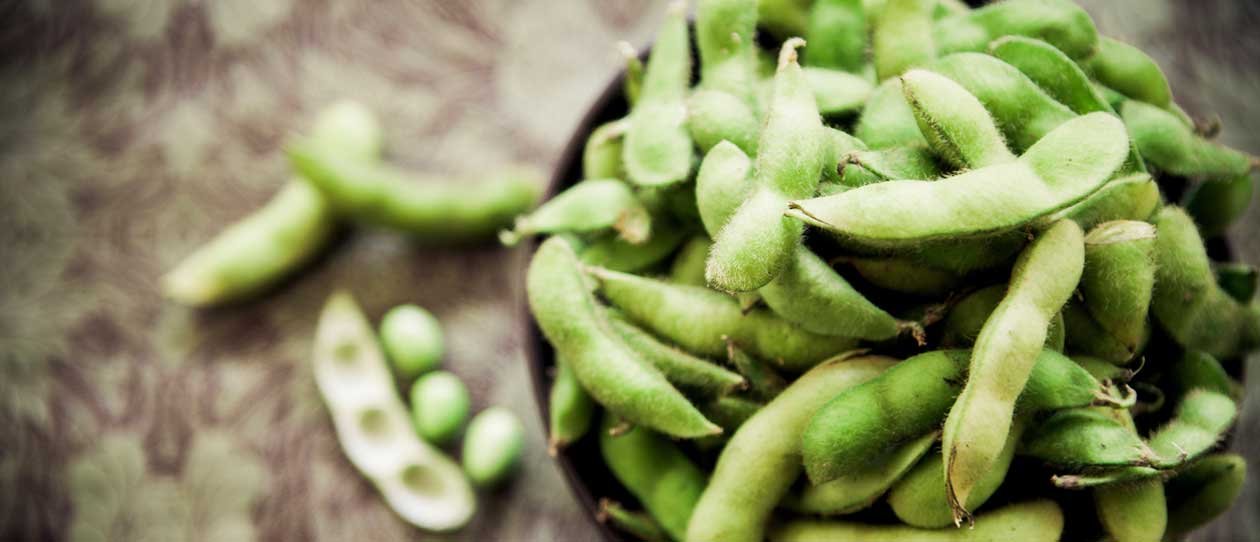
- Health hub/
- Tips & Advice on Improving your Energy Levels/
- Vitamin B/
- How to Get the Right Thiamine Dose For You


Thiamine (thiamin), or vitamin B1, is one of the B-group vitamins essential for converting nutrients into energy. It also helps to support a healthy nervous system, and as Mount Sinai Hospital describes, can aid the body’s healthy response to stress and support a healthy immune system. According to the National Institutes of Health, it also plays a role in cell growth, development, and function. It’s reported that thiamine was named B1 because it was the first vitamin discovered. As water-soluble vitamins, vitamin B1 is dissolved in the body as it enters it and is not stored for later use. This also means we need to consume it in small quantities and regularly to obtain enough to meet requirements. B vitamins such as thiamine are easily destroyed through heat and food processing, reducing the nutrients in such foods. For example, white flour and bread are processed, meaning many B vitamins are removed. This is why vitamin B deficiency is found in countries where white rice is the staple diet.
Sources of thiamin
Thiamine is a micronutrient, which means it can be found in small amounts in many foods that you may already eat daily. It’s mainly found in cereal foods such as pasta, rice, and whole-grain bread. However, it is also found in eggs, fish, red meats and poultry, yoghurt, legumes, seeds, and nuts. For example, the vegemite spread is a rich source of thiamine. Since 1991, foods in Australia have been fortified with vitamin B1 to reduce the incidence of thiamine deficiency.
The correct dose of thiamin for kids
The amount of thiamin each person needs can vary depending on age, sex and whether someone is pregnant or breastfeeding, in which case the requirements are increased.
Infants – Average Intake
0-6 months – 0.2mg/day7-12 months – 0.3 mg/day
Children and adolescents – Recommended Dietary Intake
1-3 years -0.5mg
4-8 years- 0.6mg/day
Boys
9-13 years- 0.9 mg/day
14-18 years – 1.2mg/day
Girls
9-13 years- 0.9 mg/day
14-18 years -1.1mg/day
The correct dose of thiamin for adults
Men
19-30 years – 1.2mg/day
31-50 years -1.2mg/day
51-70 years- 1.2mg/day
Over 70 years- 1.2mg/day
Women
19-30 years – 1.1mg/day
31-50 years – 1.1mg/day
51-70 years- 1.1mg/day
Over 70 years- 1.1mg/day
Pregnancy – RDI
14-18 years- 1.4 mg/day
Lactation
14-50 years – 1.4 mg/dayGetting enough Thiamine
It’s important to make sure we get enough thiamine from the food we eat. We may not reach our RDI of thiamine if not enough is consumed from food or if the body eliminates too much or absorbs too little.
Certain groups are more at risk of not getting enough vitamin B1, including people who drink alcohol regularly, as alcohol reduces absorption and stores of the vitamin. Older adults are also at greater risk due to lower absorption of thiamine, which is a natural result of aging, loss of appetite, and other factors.
Vitamin B12 Supplements
The body only needs small amounts of vitamins daily, and you should be able to get most of these from consuming a varied, nutritious diet. It’s also beneficial to obtain your vitamins from food as much as possible, as foods contain other vitamins, minerals, and other nutrients, such as fibre, that are great for supporting overall health.
Supplements may be an option only in situations where obtaining enough vitamin from food is challenging.
REFERENCES https://ods.od.nih.gov/factsheets/Thiamin-Consumer/ https://health.clevelandclinic.org/vitamin-b1




